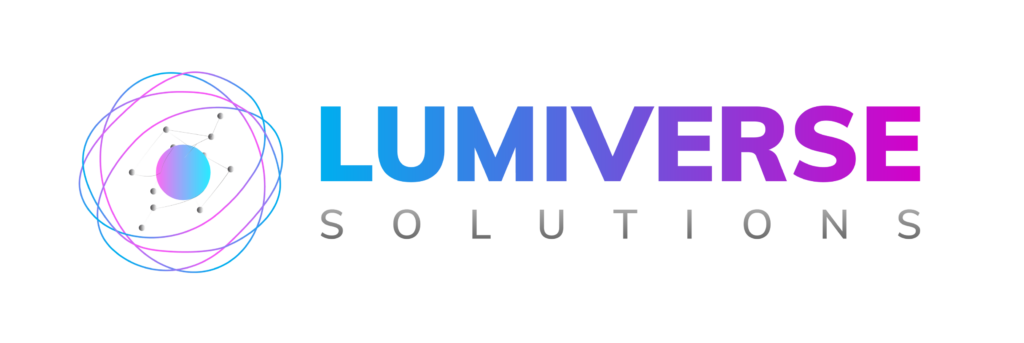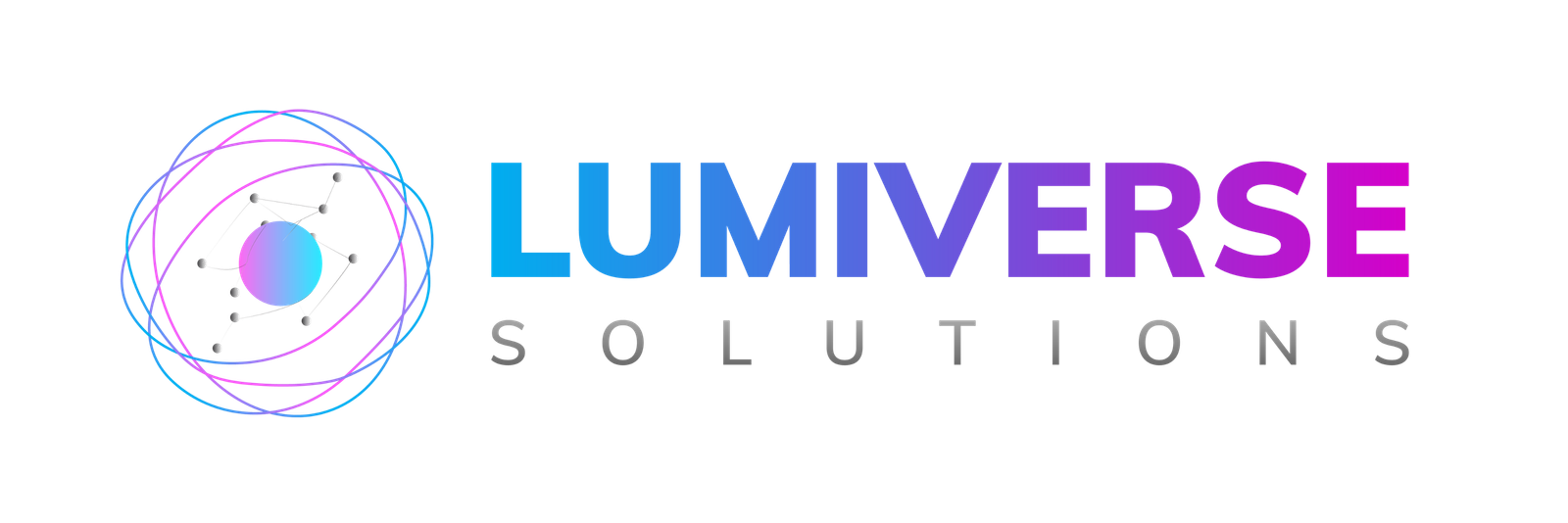Cybersecurity Regulations in 2025 What Businesses Need to Know It All
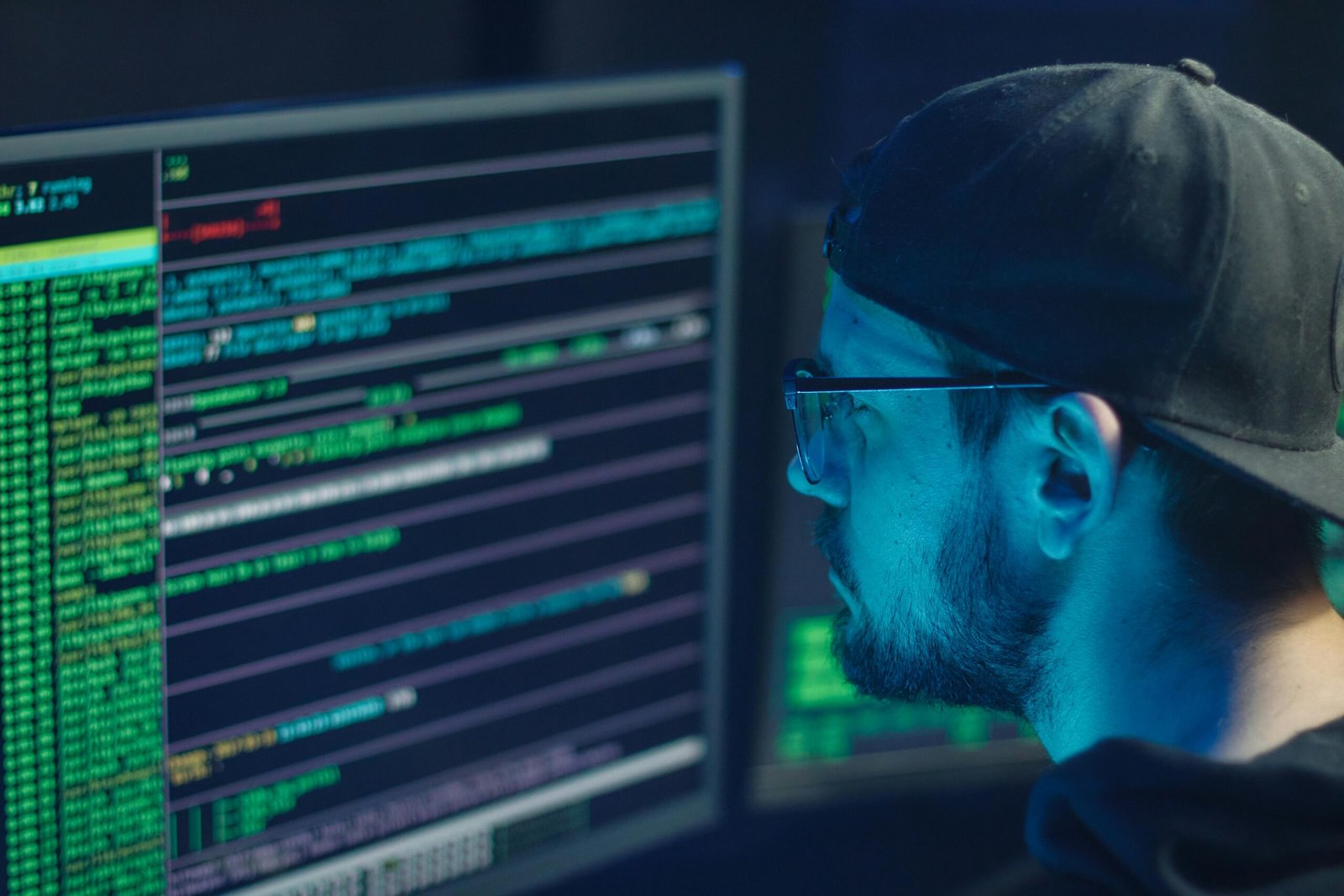
INTRODUCTION
With the advent of the year 2025, the business world is increasingly demanding more robust cybersecurity frameworks. As cyberattacks are at an all-time high with digital transformation, a pressing need to have tough cyber-security regulations in 2025 exists. We shall embark on this article detailing the emerging cybersecurity landscape, regulatory compliance that businesses have to meet, and keeping abreast of cyber-criminals with constant emergent threats and regulatory requirements. The comprehension of the cyber security rules in 2025 is one thing that makes an organization comply as well as saves an organization’s data reputation and future growth.
The reason that cyber security regulations are becoming increasingly important
The digital world has brought its own set of opportunities, but it has also brought along various security challenges. As businesses get into digital tools and cloud solutions, the potential for cyber attacks like ransomware, data breach, and phishing increases. There is a growing need for strong and comprehensive cybersecurity regulations in 2025.
The demand is slowly coming to the fore, and governments as well as regulatory agencies all around the world have already begun with more stringent security measures to aid businesses in combating these risks. Knowing the existing cybersecurity laws 2025 will protect businesses from cyber attacks and penalties for non-compliance .
International Cyber Security Laws in 2025
1. General Data Protection Regulation (GDPR) in 2025
The European Union established GDPR as another cornerstone of its cybersecurity regulations on protecting personal data and privacy in the lives of EU citizens by holding businesses liable for how such sensitive data are collected, processed, and stored by 2025.
It is important to know and follow the principles of GDPR if you are a business in the EU or trade with the EU. In our expectations, the regulations will be much more strict by 2025, and the punishments for the nonimplementation of these will be steeper. Organizations will have to invest in secure data storage solutions and in the privacy-by-design frameworks.

Key Requirements for GDPR:
Data minimization
Greater consent mechanisms
Transparency and user rights
Audits and documentation
2. Cybersecurity Maturity Model Certification (CMMC) 2.0
The U.S. Department of Defense came up with CMMC 2.0 with the primary focus on improving the cybersecurity posture which contractors handling controlled unclassified information maintain within the organization. Regulation is going to be an essential concern regarding the aspect of cybersecurity in relation to 2025 business regarding government contractors in 2025.
CMMC 2.0 is divided into a tiered model that consists of several different levels of cyber maturity, but broadly speaking, it can be categorized into Level 1, which comprises basic practice, and at the other end, Level 3 is regarding advancement in security measurements. Defense businesses as well as government contracting firms have to find out what needs are necessary about CMMC 2.0 and get ready for auditing the firms.
Components of CMMC 2.0
Level 1 Basic Cyber Hygiene
Level 2 Advanced Cyber Hygiene
Level 3 Highly Advanced Cybersecurity Practices
3. CCPA and the Amendments of the Year 2025
California yet again takes the lead in the discussion on the data privacy regulation as it promulgates CCPA that is to come into force from January 2025. The amendments which will be there in 2025 will further increase consumer rights towards privacy but also bind the business for the protection of personal information.
By 2025, California businesses and any which target California customers must be ready for new, improved consumer rights under the California Privacy Rights Act (CPRA). The rule requires clear mechanisms for managing consumer consent, transparence of data collection, and erasure of consumer data on demand.
CCPA/CPRA Major Requirements:
Access to consumers’ personal data
Erasure on request
Improve practices regarding consumer consent
4. Network and Information Systems (NIS) Directive
This EU directive on NIS will standardize the security of networks and information systems across the region. Companies offering essential services in energy, healthcare, and transport, among others, will now face new directives under the NIS2 Directive-an extended version of the original directive-to be applicable by 2025.
The expectation of NIS2 is that firms will strengthen their security measures and incident response and reporting mechanisms that are in place. Non-compliance with the process will be given extreme punishment. Therefore, organizations must determine their cybersecurity risks and implement the necessary protection.

NIS2 Directive Requirements
Business supplying services to the public sector risk management measures
Incident detection, response, and reporting
Cross-border cooperation among member states
Cyber Security Regulations in 2025 Summary
1. Regulatory Compliance on Artificial Intelligence and Automation
The adoption of AI and Machine Learning in organizational processes demands higher needs of regulatory authorities for generating AI-based compliance rules with regard to new risks emerging in Cybersecurity. Through 2025, it is foreseen that AI shall be implemented in surveillance of cyber threats, automation of regulation compliance workloads, and probable estimation of vulnerabilities.
Business organizations will be compelled to implement AI-based applications to meet the changing needs of the compliance regulations and protect sensitive data. The application of AI in continuous monitoring can help organizations identify emerging threats early, so the threats are addressed before they become threats.
2. Cloud Security Regulations
This means that, by 2025, compliance with regulations over cybersecurity will be much sterner for cloud environments, more so since increasing businesses are transferring their operations to the cloud. It is in this area where standards, including ISO/IEC 27001, focusing specifically on cloud security, will come to frame the secure method in which data is managed within the cloud as well as best practices relating to encryption, access control, and integrity of data.
With these regulations put in place for cloud providers, business will have to comply with the standards set in the industry on cloud security and ensure that data is secured in every cloud platform.
3. Supply Chain Cybersecurity
Supply chain attacks are going to feature at the head of concerned regulations from 2025 ahead. These attacks, in particular, target weaknesses based on third-party partners in any business, meaning they carry vast risks. With the new witnessing of regulations will come a condition that necessitates businesses to prove that their third-party vendors or supply chains should meet the strictest of levels of cybersecurity lest they end up exploiting their weaker links.
The example of regulations against mitigating the vulnerabilities of supply chains is the Cybersecurity Supply Chain Risk Management Act of 2021 in the U.S. That’s, no doubt, a direction where similar models will be found globally.
Best Practices for Cybersecurity Compliance in 2025
Regular cybersecurity audit-there shall be regular internal and external audits to know how the regulations of cybersecurity change. This can include risk assessment and vulnerability scans so that, if there are vulnerabilities, it becomes easy to exploit them.
Invest in Employee Training: The employee is always the first contact when it comes to a cyber attack. Therefore, by 2025, the company needs to invest in an ongoing training program on cybersecurity, where the employees are constantly up to date with new threats and regulations.
Data Protection Plan Businesses will protect the sensitive data involving the customers and the business. The most practical method in accomplishing this includes the encryption of safe data as well as adequate protection and secure storage of secured access.
Cybersecurity Regulations Impact on Small and Medium Enterprises (SMEs)
Adapting to Regulatory Changes with Scarce Resources
Since the SMEs own limited resources, they cannot become flexible enough to follow stringent norms set for cybersecurity. However, after strict norms regarding cybersecurity were enforced in the year 2025, these SMEs have to design more innovative solutions towards implementing adequate security measures that will include inexpensive solutions to cybersecurity issues and also work delegation in terms of compliance to third-party experts.
Financial Implications of Non-Compliance
Huge penalties and related legal effects and loss of reputation will balance the lack of uniformity in the implemented cyber security measures for 2025. In the case of small companies, this financial constraint may overwhelm to carry it out; thus, mechanisms to achieve compliance at the onset are very important. Moreover, SMEs will also have to incorporate the space for cyber security insurance as a fallback .
![]()
To SMEs, trust means everything pertaining to referencing clients and customers. Taking the points of data protection under cybersecurity like GDPR or CCPA regulation would mean that there is an intention for businesses to care about protecting data and thereby eventually strengthens customer confidence in the firm’s capability to protect privacy.
Role of Third-Party Risk Management to Cybersecurity Regulations
Extension of Compliance to Vendors and Partners
With the threat of third-party developed in cybersecurity regulation in 2025, the companies will make sure their business partners and vendors have the same risk of cybersecurity. Most sectors will think about third-party risk assessment to see if the vendors have fulfilled some kind of cybersecurity protocols and ensure it has been followed.
Supply Chain Security and Regulatory Compliance
Many regulators are still pushing businesses to continually scan and continue to harden the entire supply chain-all third-party sellers and contractors alike-against an increasingly hostile view of supply chain attacks. Business houses in America will be guided by compliance framework CMMC on how to measure up the security on their supply-chain partners and continue to find what mitigations that can be possible.
Third Party Audits/Certifications
Third-party audits and certifications are likely to become a requirement for any business. A company is going to be challenged to ensure that suppliers and partners have to comply with the 2025 Cybersecurity rule. Most firms will maintain standardized checks on a firm’s approach to cybersecurity amongst all their partners as common compliance requirements.
Healthcare: HIPAA in 2025 and Beyond
HIPAA is being updated constantly so that it would be in touch with the present cybersecurity threats and legislations. In 2025, it becomes more challenging on the requirements of security standards in health care provider establishments and health plans when it comes to protecting ePHI, and failure to observe the regulations would attract significant fines, and patient data would be exposed.
Finance: Financial Cybersecurity Regulation
Gramm-Leach-Bliley Act and the Federal Financial Institutions Examination Council are sector-specific cybersecurity regulation, while Data breaches and cyber frauds are rising in financial sectors. So by 2025, the institutions cannot neglect the regulation done by cybersecurity that asks for advanced security technology along with repeated risk assessment.
Energy Sector: Improving Cybersecurity of Critical Infrastructure
To protect the energy infrastructure, works are in the process; to do that, energy companies would be consulted upon to upgrade them with cybersecurity standards like NIST Cybersecurity Framework, other than CISA’s Critical Infrastructure Protection, CIP standards. The new regulations enforcing in 2025 will not only protect the energy grids and the power plants from cyber hackers.
Cybersecurity Regulations and Artificial Intelligence
Cybersecurity Regulations and New Technologies
More businesses and government agencies now use AI. AI will play a role in the future in threat detection and response automation. In that case, an area of regulatory focus on risks that involve AI technologies is cybersecurity 2025. Among the risks of AI technology is bias, adversarial attacks, and unauthorized use.
Cybersecurity for Internet of Things (IoT)
As the IoT-connected devices grow, new regulations will be created based on securing the IoT. All business operations that handle the use of IoT devices will be required to put in place the cybersecurity regulation set to take effect in 2025. It covers proper communication by the devices and meets standards for secure firmware. Blockchain and Cybersecurity Compliance
As blockchain has increasingly put applications into securing transactions, supply chains, and contracts, advanced cyber laws shall evolve that will prove to be wholesome enough to contribute to the reliance of blockchain systems.
Cyber regulation in the year 2025 would contain areas of integrity over blockchain implementation besides preventing vulnerability surrounding smart contract and cryptocurrency exchange.
Future trend of Cyber regulation in 2025 and more
Cyber Insurance Regulation.
Cyber insurance will expand the regulatory landscapes in 2025. This means an organization will have to possess adequate safeguards before getting cyber insurance. They will be expected to show embracing sound cybersecurity practice in the business to get cover.

Cybersecurity into corporate governance
More regulation in the corporate governance agenda would have cybersecurity as a feature that, in the future, organizations would be required to have a holistic framework for managing risk in cybersecurity. The Boards of Directors will begin to oversee the policies of their institutions related to cybersecurity, be sure of their compliance with industry regulations, and establish accountability toward cybersecurity issues.
Global Cybersecurity Laws and Governance
By 2025, cyber threats have increased the level of internationalization, and therefore, regulation will be part of inter-nation cooperation. Firms that operate in more than one border will need to follow international regulations such as the EU-US Privacy Shield, and probably will have to change their security framework to accommodate various regional requirements.
Cybersecurity Regulation Strategy: Establish Strong Cybersecurity Culture
Continuous Monitoring and Incident Response
A strong organizational cybersecurity culture will be required in the year 2025 to adhere to cybersecurity regulation. It incorporates employee education and continuous training about cybersecurity awareness with making everybody liable for the practice of cybersecurity.
Continuous Monitoring and Incident Response
Organizations must be having an active monitoring system, which monitors the threats and vulnerabilities so that these can be in regulatory compliance. In addition to this, the defined and practiced incident response plan ensures that the business houses are always ready to take prompt action according to the regulatory compliance if they face any breach.
Compliance Automation Tools
This calls for increased use of automation tools for businesses to assure compliance. Automated compliance solutions help businesses to track as well as manage their compliance status, monitor changes in regulations.
Conclusion
The 2025 cybersecurity regulation landscape is going to be the most complete, dynamic, and critical ever. Businesses have to keep their alignment with changing regulations through watchfulness, proactive strategies, and upfront investment in advance security technologies. The comprehension of these regulations and integration into the processes of the organizations will make them robust enough against cyber attacks, cut down their legal and financial risks, and protect the privacy of their customers.
Disclaimer
The information provided in this blog, “Cybersecurity Regulations in 2025: What Businesses Need to Know”, is general information only. An extreme effort has been made to preserve the accuracy of the content within this book for relevance, in that the universe of regulations covering cybersecurity is perpetually changing-and, in all cases.
Recent Posts
Categories
- Cyber Security
- Security Operations Center
- Cloud Security
- Case Study
- Technology Trends
Vulnerability Assessment & Penetration Testing (VAPT)
Buy our VAPT services to identify vulnerabilities, simulate real-world attacks, and strengthen your systems against cyber threats effectively.

iso compliance service
Buy our ISO Compliance services to streamline processes, ensure security, meet global standards, and maintain industry certifications with ease.
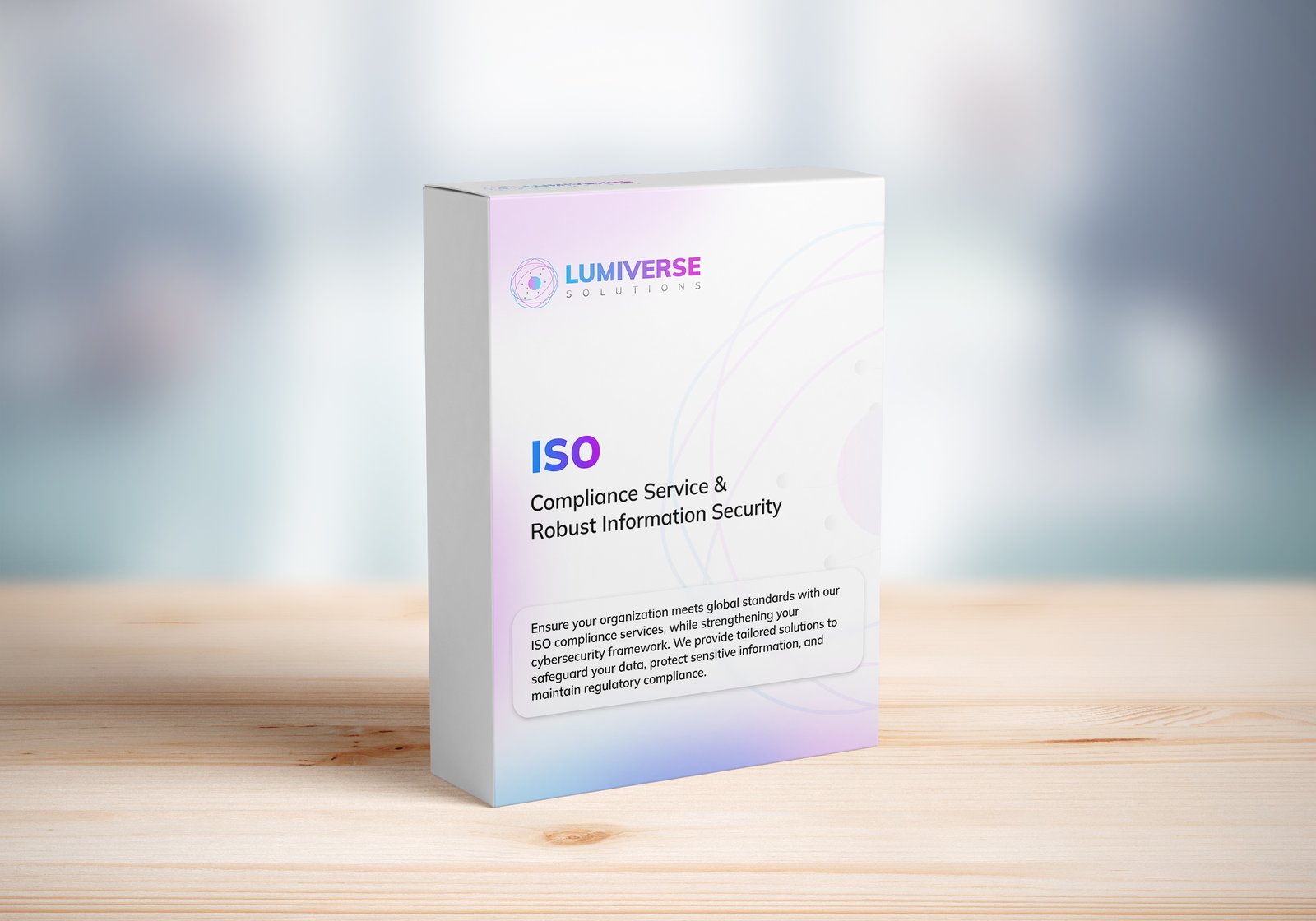
SOC 2 Compliance Audit
Ensure your business meets security, privacy, and compliance standards with our SOC 2 Compliance Audit services. Protect data, build trust, and stay secure. Buy our services today!

GDPR Compliance Audit Services
Ensure your organization meets GDPR standards with our expert compliance audit services. Protect data, avoid penalties, and enhance privacy practices. Buy our services today to stay secure and compliant!
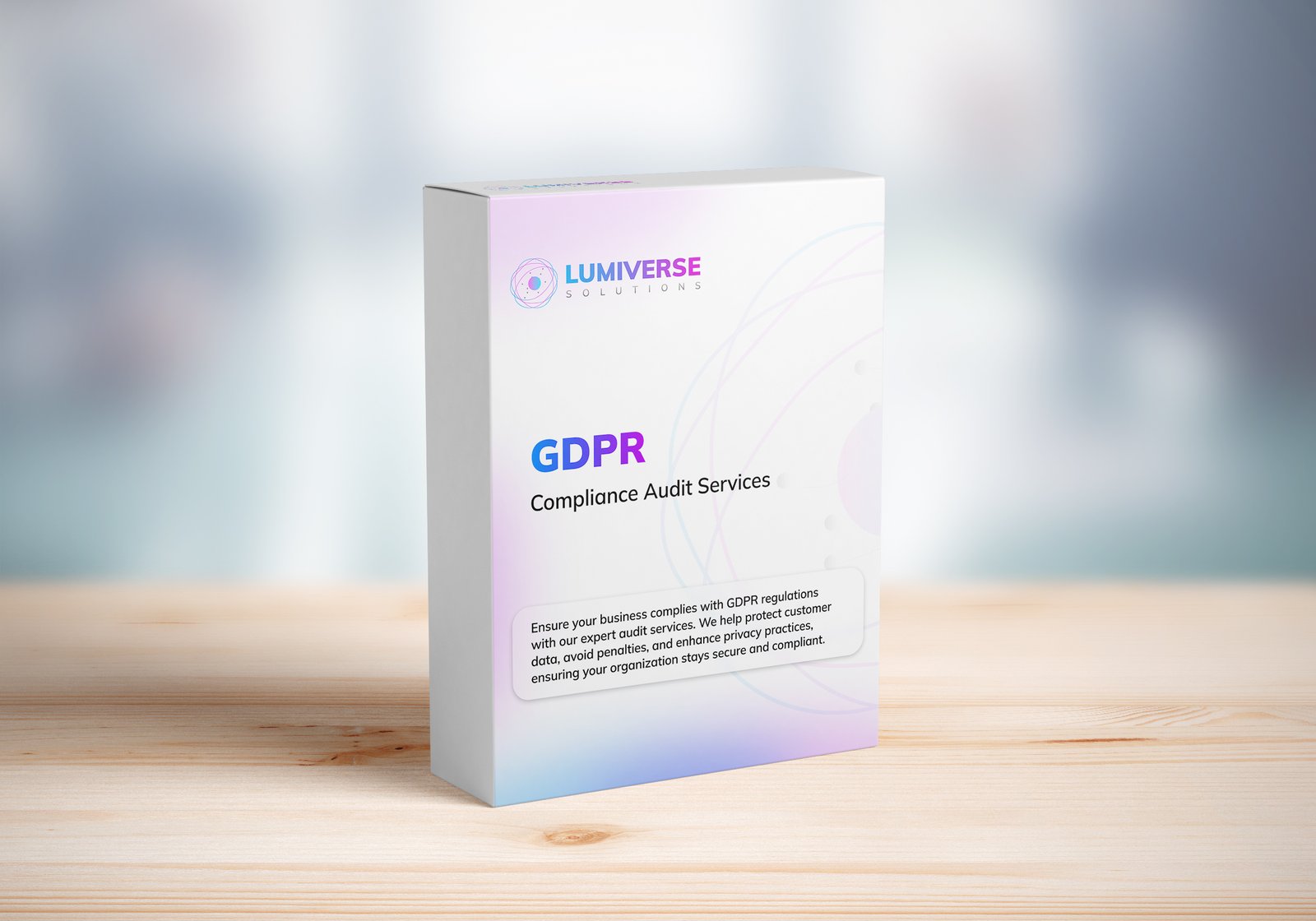
Subscribe to our Research
Enter your email address to subscribe to Lumiverse Research and receive notifications of new posts by email.
Tell Us Your Opinion
We value your perspective! Share your thoughts, feedback, or questions below. Your opinion matters and helps create a richer, more engaging conversation. Let’s connect and hear what you think about this post!
